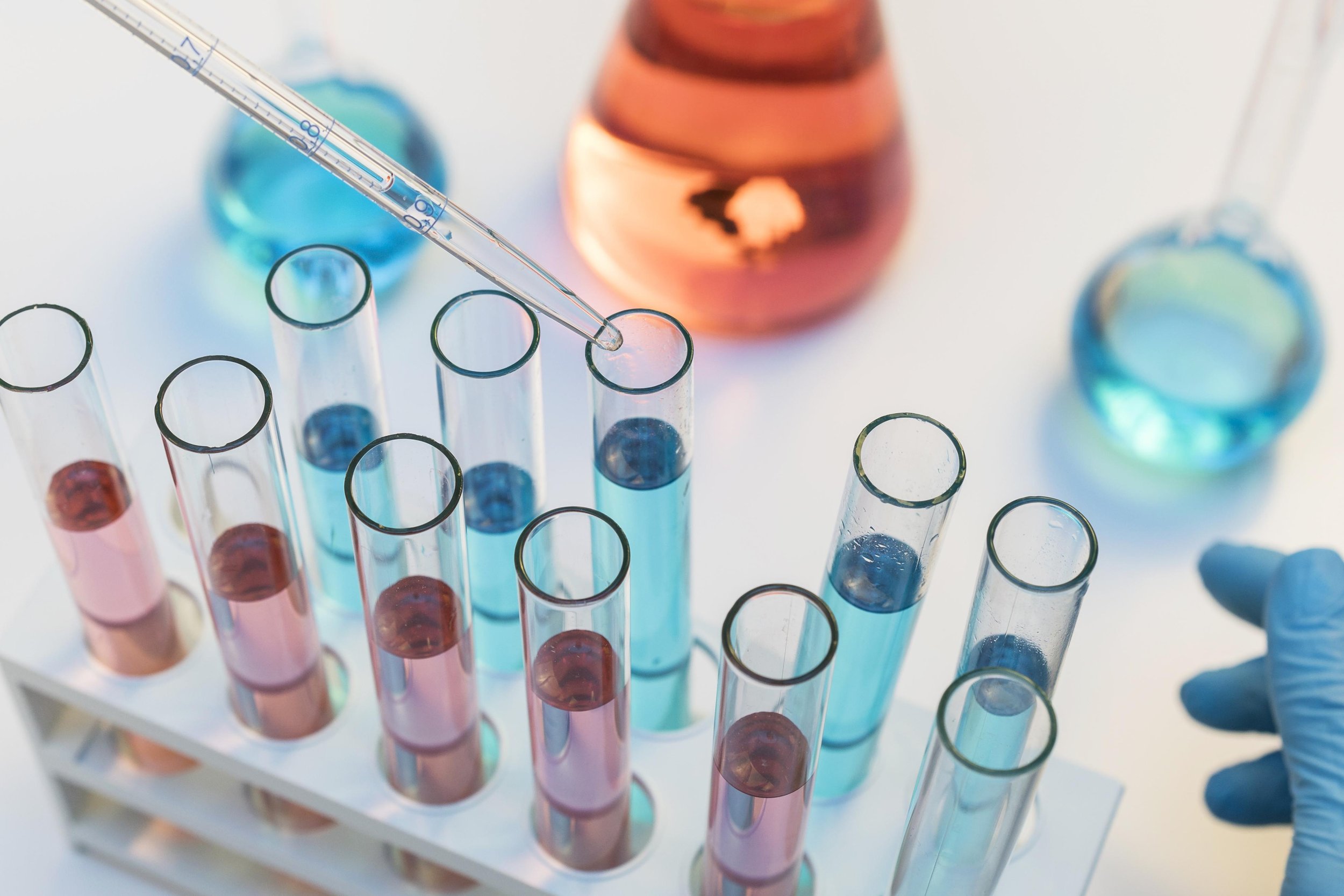
Hormone Testing
An accurate assessment of your hormonal health
Hormone Testing
Traditionally, physicians have relied on using blood to test patients’ hormone levels. The problem with this method is that the results do not truly reflect actual hormone levels at the tissue where the hormones act.
A hormone is released into the circulatory system by its respective endocrine gland, whereupon it binds only fleetingly to red blood cells to be carried and deposited on a receptor site at the target tissue. It is the hormone levels in our tissue – not in our blood – that most closely reflect their functional levels in our body.
As an example, if blood testing alone is used to determine sex hormone replacement levels, nearly 100% of patients will be given too much hormone replacement. Tissue levels of hormones are best reflected in dried urine spot hormone testing. Processed and interpreted by specialized labs, these tests facilitate optimal hormone balancing.
Specific amino acid deficiencies can be determined in urine testing. Amino acid testing provides considerable information and is an important part of a work up for anyone with symptoms in keeping with advanced adrenal fatigue, mood disruption, sleep or digestive issues. Not only does it provide information about specific amino acid deficiencies but also maldigestion/malabsorption, dysbiosis (an imbalance between the good and the bad bacteria in the gastrointestinal tract), and impaired detoxification.

